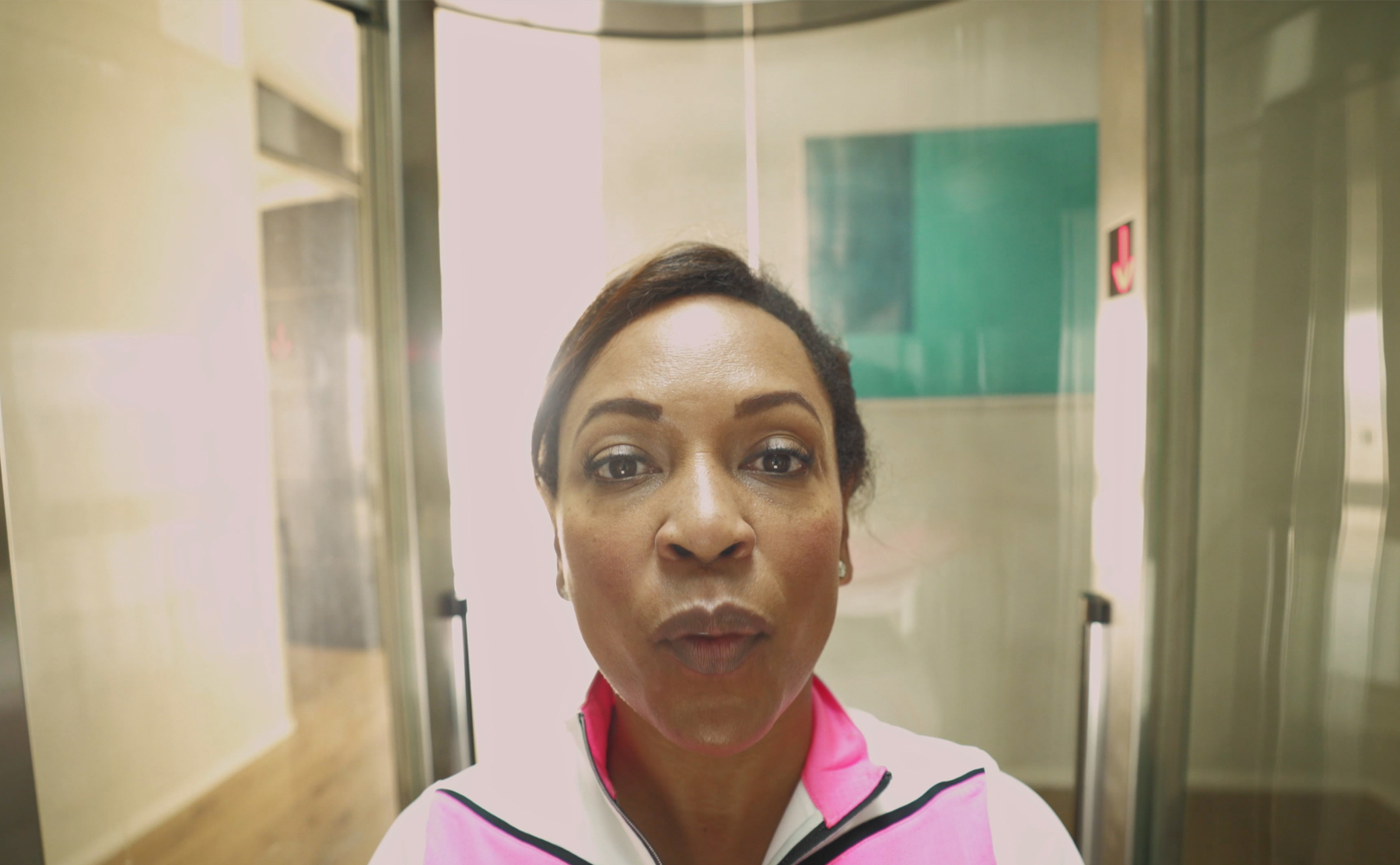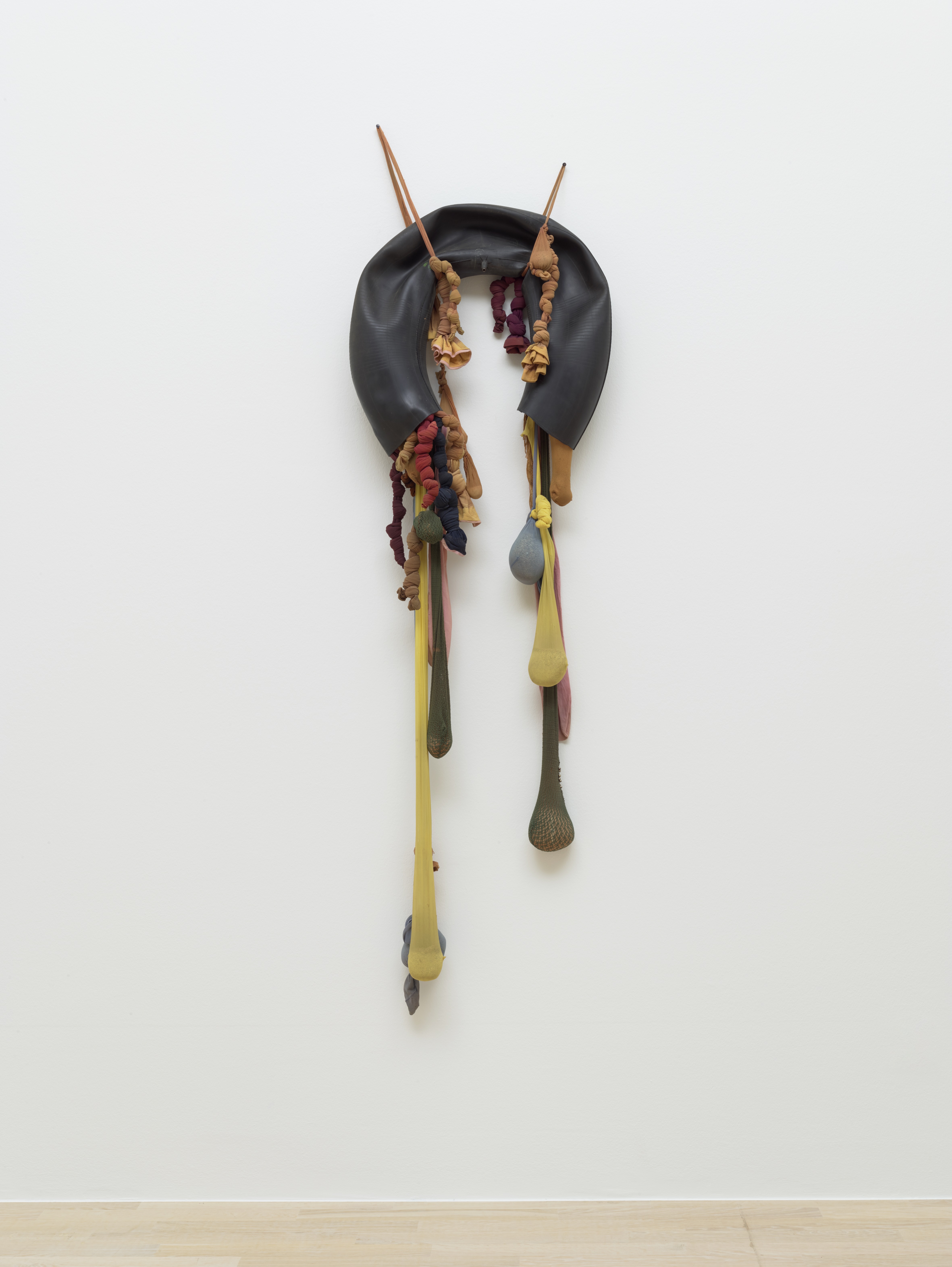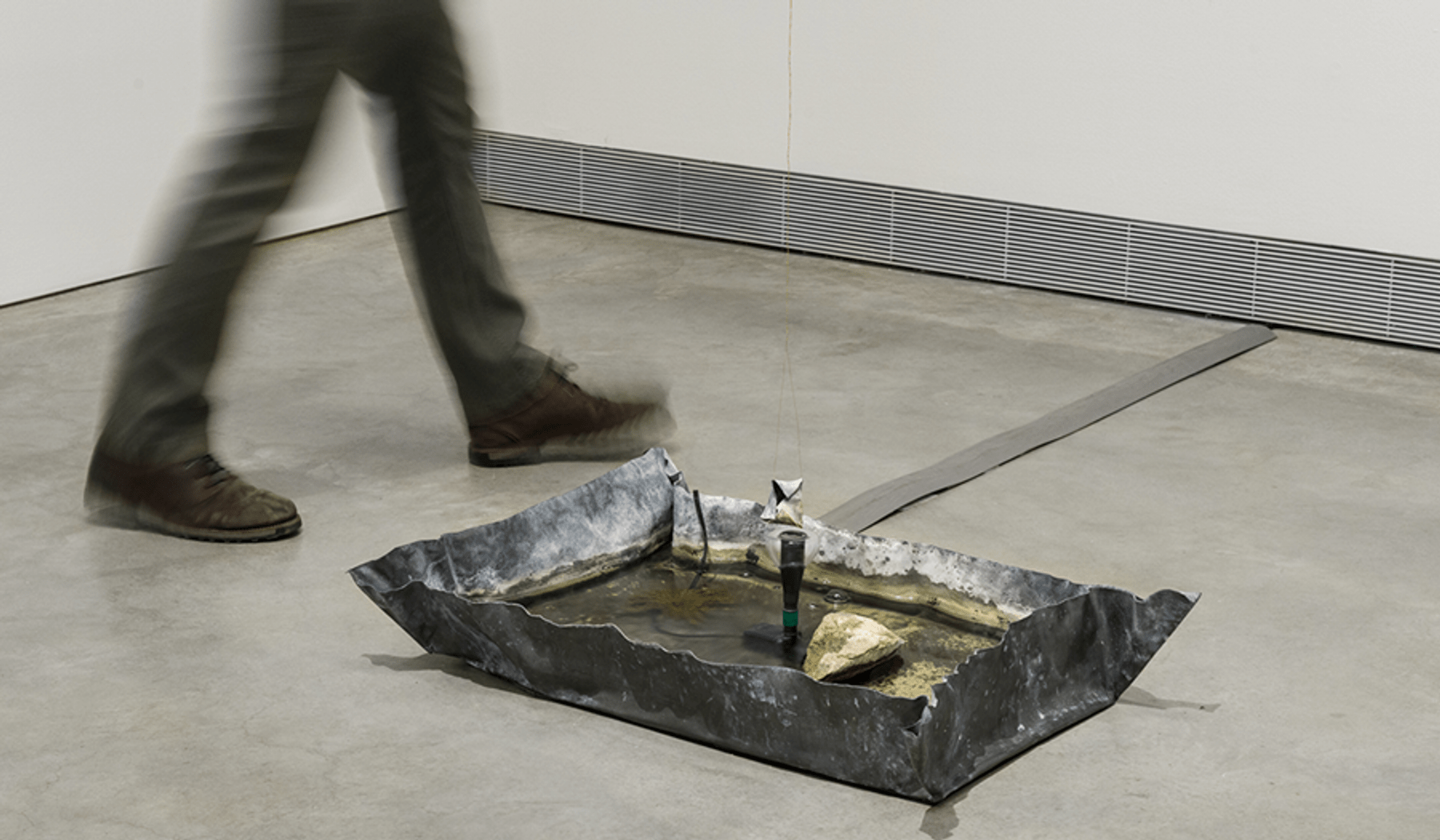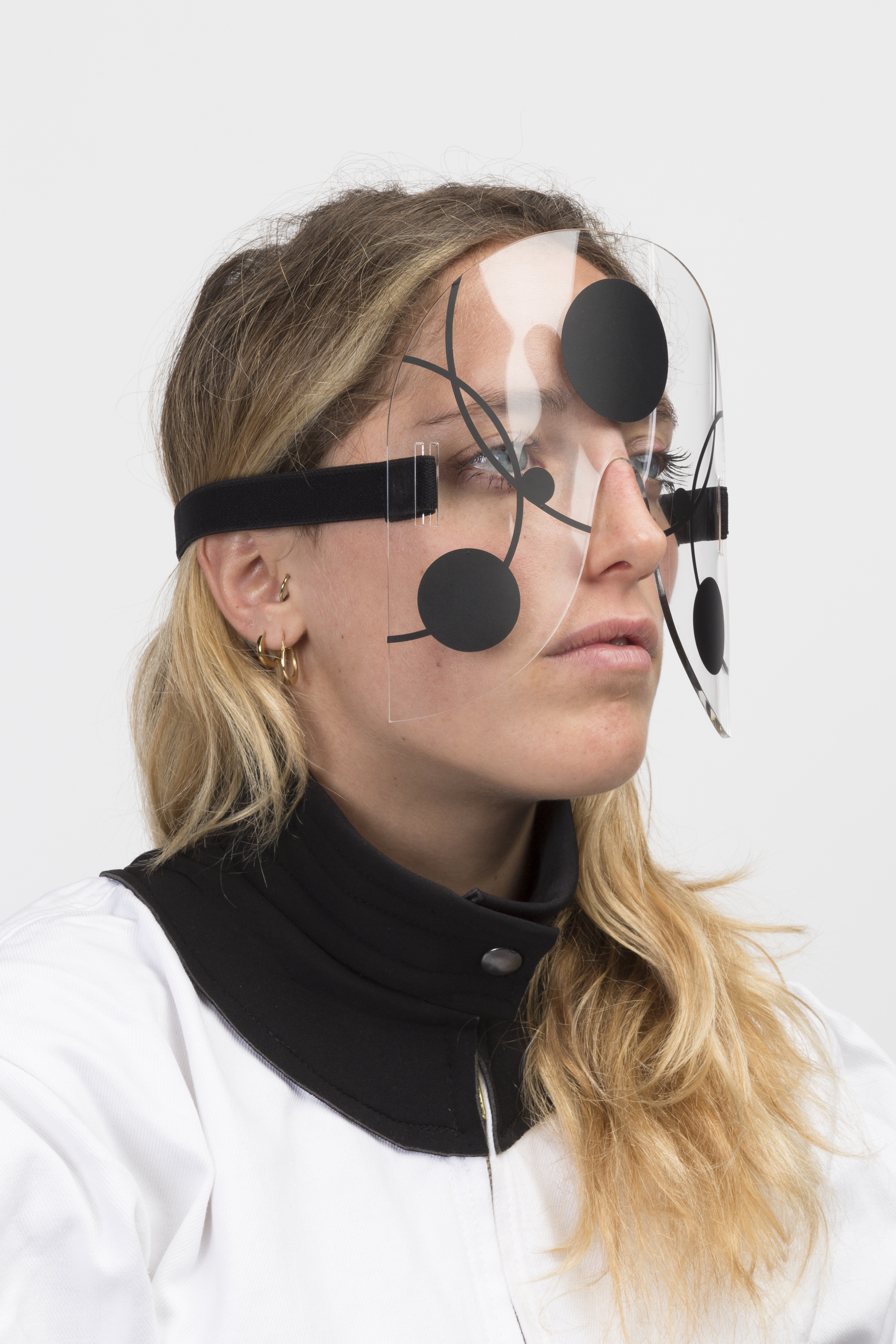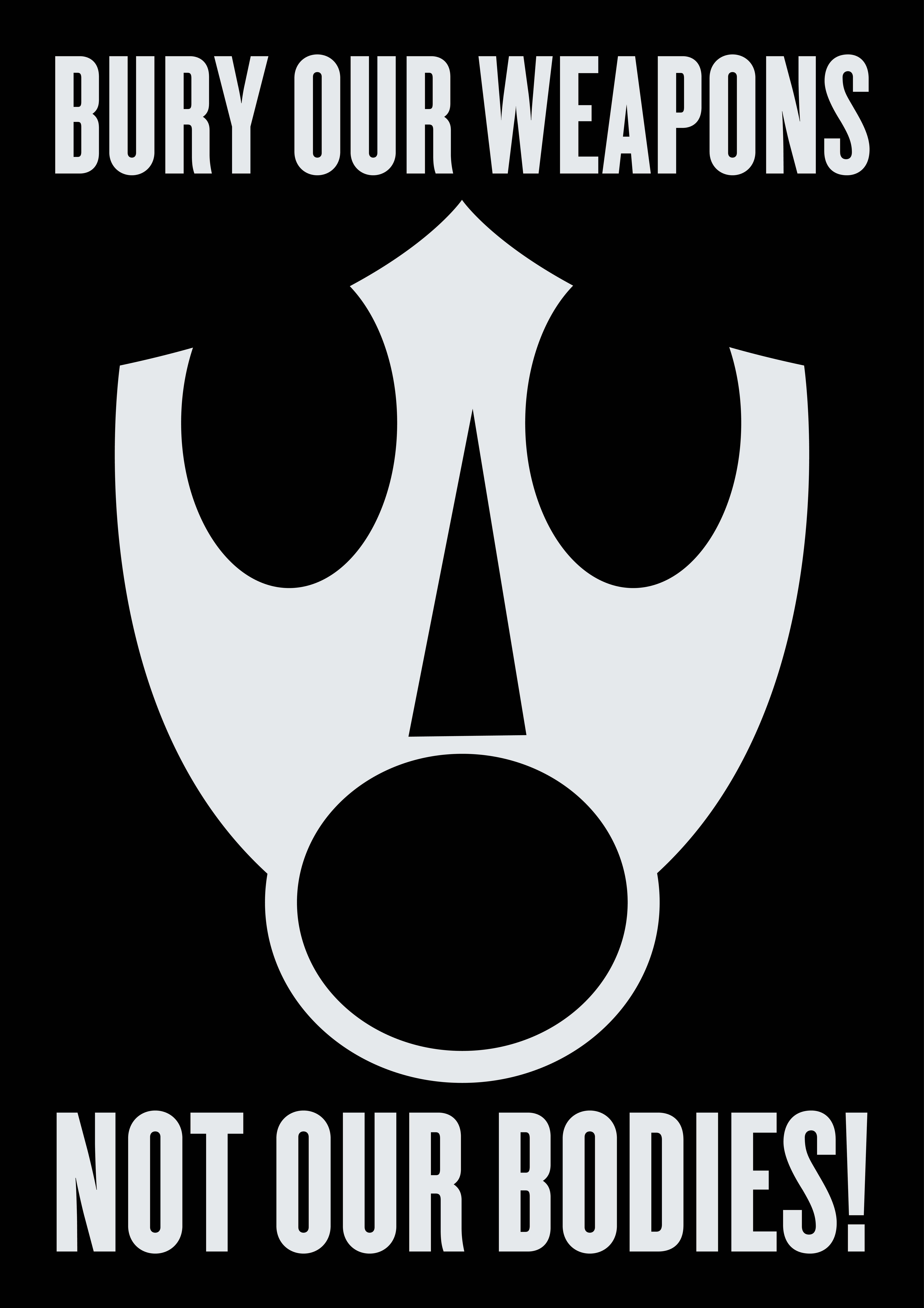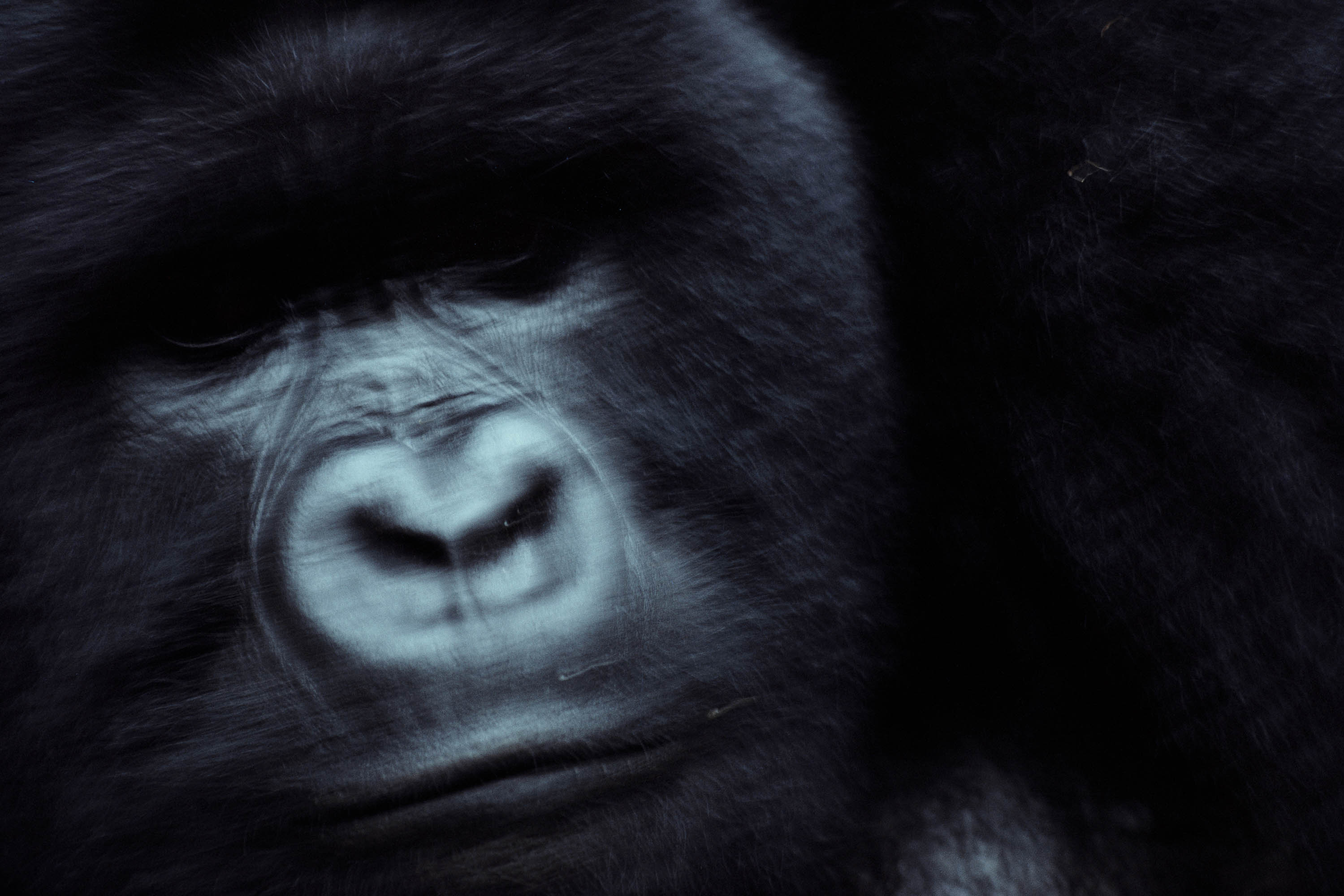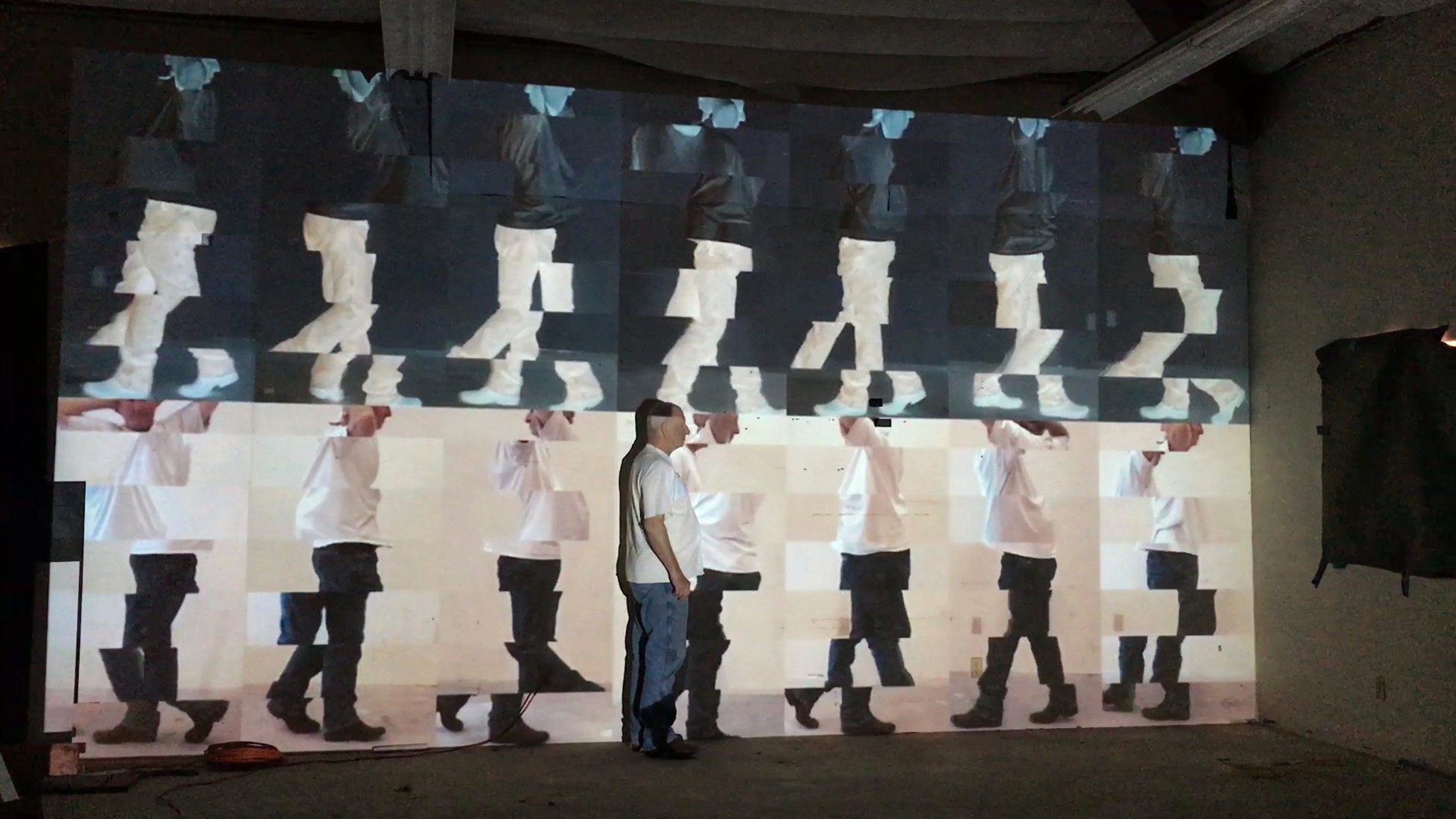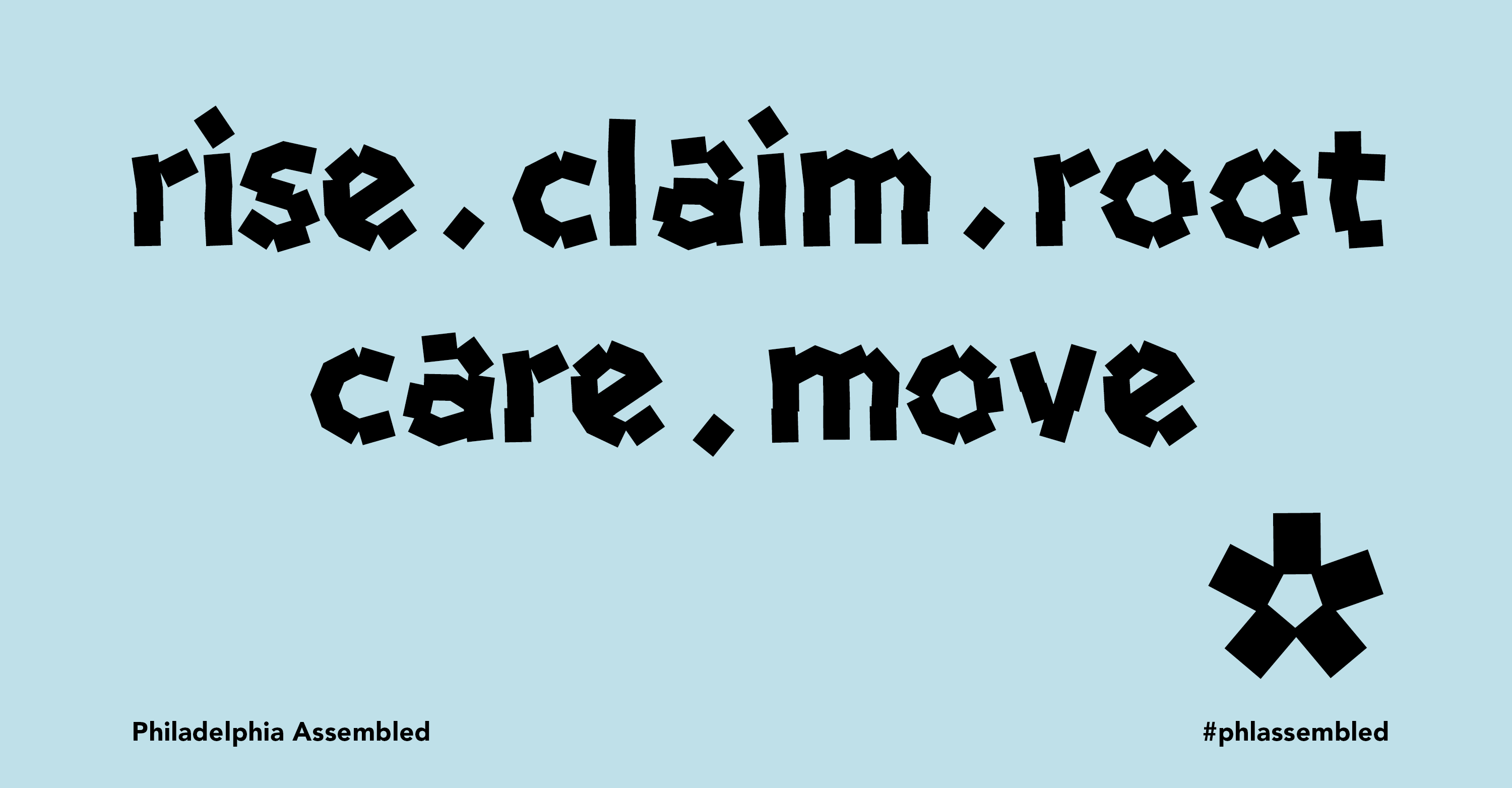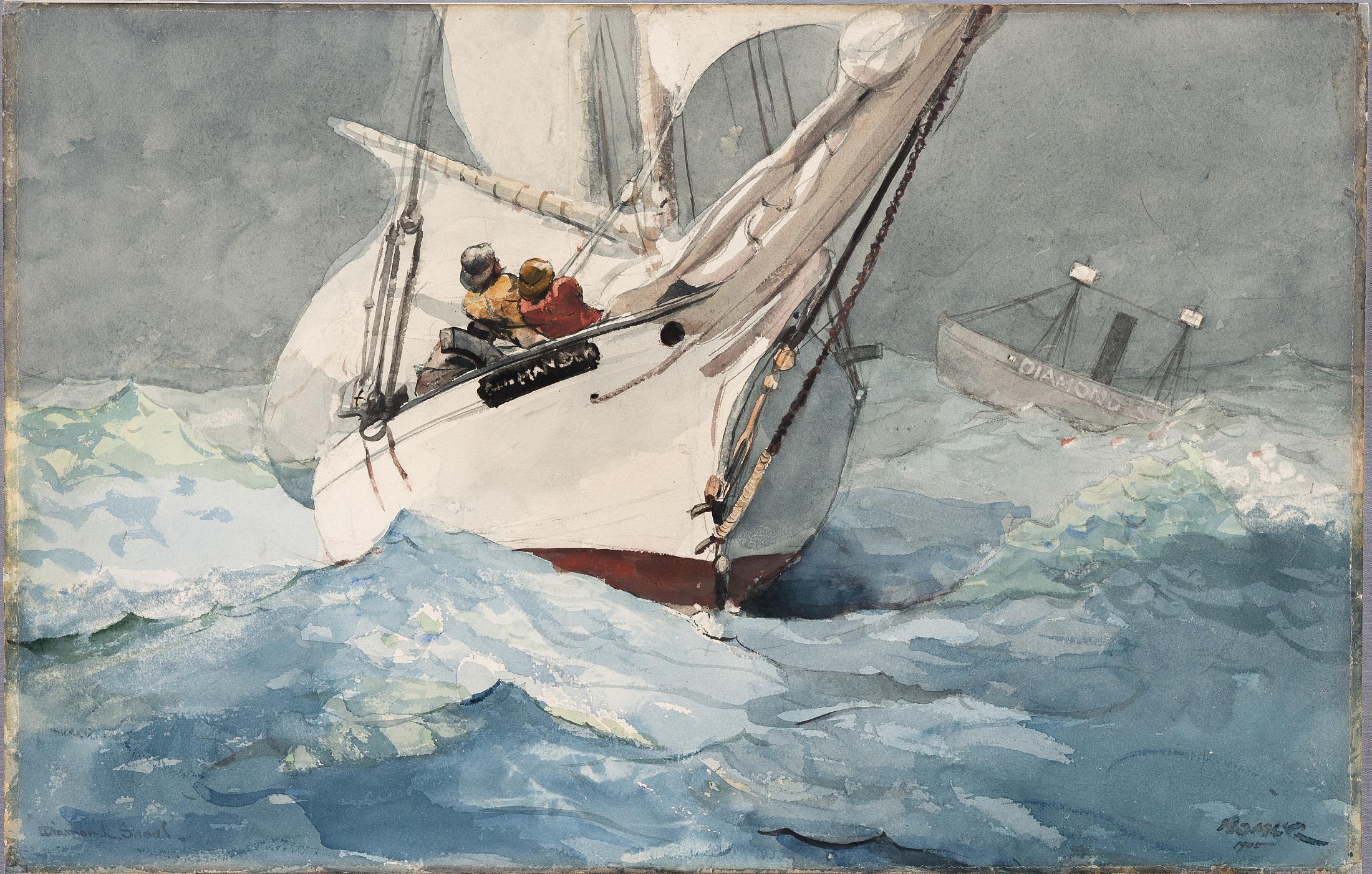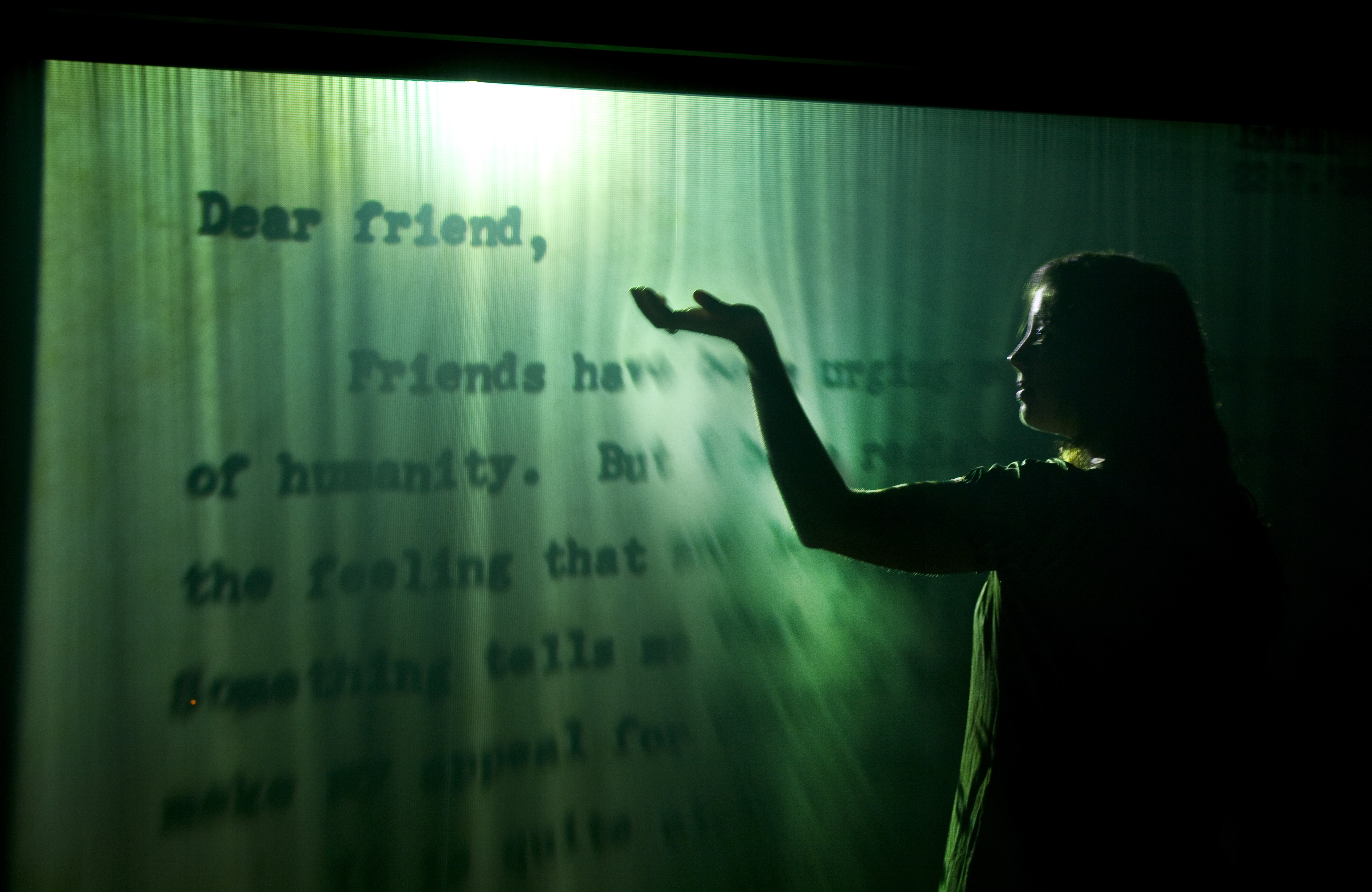Kiefer, Polke, Richter
July 21-November 25, 2007
Philadelphia Museum of Art
Benjamin Franklin Parkway at 26th Street
Philadelphia, PA 19130
(215) 763-8100
www.philamuseum.org
The Philadelphia Museum of Art continues its commitment to presenting provocative contemporary art with Kiefer, Polke, Richter, an exhibition including works by several of the most significant painters to come of age in Germany during the culturally charged aftermath of World War II. Anselm Kiefer, Sigmar Polke, and Gerhard Richter have mounted vigorous reexaminations of pictorial practice, pushing the limits of expressive possibilities in their art. Each asks precise and poignant questions about the relevance of history painting and explores the relationship between painting and photography. On view from July 21 to November 25, 2007, this exhibition including works from the Museum’s collection as well as loans from collections in the area is the third installment in the ongoing Notations series, which focuses on aspects of contemporary art within the Museum’s expanding collection.
The exhibition presents eleven works, many of them large in scale, and dating from the mid 1960s through the late 1990s. The works range from Kiefer’s monumental landscape Nigredo (1984) to Richter’s subtle and comparably diminutive Piz Lagrev (1995). Also included are Richter’s steel ball sculpture Piz Boval (1992) and Kiefer’s large-format book of clay and sand layered over photographs, Dein und Mein Alter und das Alter der Welt (Your Age and Mine and the Age of the World), from 1997. “Through their intense experimentation and vigorous inquiry into the medium itself, each of these artists has restored a profound significance to the act of painting as a means to unearth and transform collective consciousness,” notes Carlos Basualdo, curator of contemporary art, who organized the exhibition and oversees the Notations series.
About Gerhard Richter
Born in Dresden in 1932, Gerhard Richter trained as a commercial painter before moving to West Germany in 1961 where his access to Pop Art and the Fluxus movement spurred him to experiment with pictorial forms in dialogue with the photographic image. Over the years, Richter has worked with various approaches to painting, evident in the selection of his works on view. It was in the 1960s that Richter began to produce paintings directly after photographs, such as Sänger (Singer) of 1966, emphasizing the medium’s inherent ambiguity with what has become his characteristic blurring technique. In contrast to the black-and-white look of Sänger, his 1971 painting 180 Farben (180 Colors) presents a sharp, geometric grid of color swatches. Richter then initiated his Abstract Paintings series later in the 1970s–represented by two powerful abstractions in the exhibition–that further exposed the possibilities and contradictions embedded in image making as he systematically built up layers of color only to scrape them away.
About Sigmar Polke
Sigmar Polke (b. 1941) is a native of Oels, Silesia, which became part of East Germany after the war (now in Poland). Fleeing to West Germany as a youth, he studied at the Düsseldorf Art Academy along with Richter. Always experimental, Polke’s works often evoke the realities of postwar Germany. Incorporating imagery excerpted from mail order catalogues, advertisements, and other commercial media, Polke reflects on the act of painting within a world saturated by images. In Flüchtlinglager (Refugee Camp), 1994, where Polke conveys a scene in a refugee camp, his manually painted dots suggest mass media newsprint while at the same time reaffirming the artist’s touch. In this image awash with splashes of color, Polke asks the question of how closely or distantly to position oneself in relation to the grim reality of the present and the recent past.
About Anselm Kiefer
Born in 1945 in Donaueschingen, southern Germany, Anselm Kiefer considers his practice to be a meditation on the relevance of history painting in a time that seems painfully defined by the disaster of wars. Influenced by Joseph Beuys (German, 1921-1986), his teacher at the Düsseldorf Art Academy, Kiefer builds upon his mentor’s preoccupation with cultural healing and memory as well as upon the early 20th century expressionism movement of Die Brücke. The dramatically dense surface of Nigredo (1984) contains both lyricism and irony. Comprised of layers of straw, shellac, and paint over a photograph, it represents a charred landscape upon which a glimmer of sun intimates the possibility of cultural rebirth.
About the “Notations” series
Inaugurated in 2006, the “Notations” series is named after the 1968 book by American composer, writer, and visual artist John Cage–widely celebrated for his experimental approach to the arts. Cage’s Notations was an international and interdisciplinary anthology of musical scores by avant-garde musicians that also embraced contributions from visual artists and writers. At the same time Notations was an exhibition in book form, in which the scores doubled as drawings. “Notations” at the Philadelphia Museum of Art is a flexible tool used to explore aspects of contemporary art in the Museum’s expanding collection and to experiment with various installation alternatives. The series of rotating projects is presented in the Gisela and Dennis Alter Gallery (176).
The Philadelphia Museum of Art is among the largest art museums in the United States, showcasing more than 2,000 years of exceptional human creativity in masterpieces of painting, sculpture, works on paper, decorative arts and architectural settings from Europe, Asia and the Americas. The striking neoclassical building stands on a nine-acre site above the Benjamin Franklin Parkway and houses more than 200 galleries. The Museum offers a wide variety of enriching activities, including programs for children and families, lectures, concerts and films.
For additional information, contact the Marketing and Public Relations Department of the Philadelphia Museum of Art at (215) 684-7860. The Philadelphia Museum of Art is located on the Benjamin Franklin Parkway at 26th Street. For general information, call (215) 763-8100, or visit the Museum’s website at www.philamuseum.org

